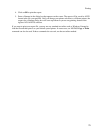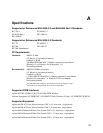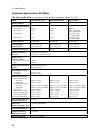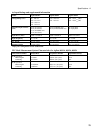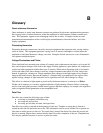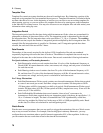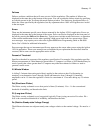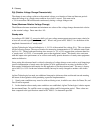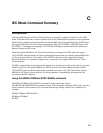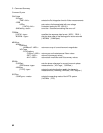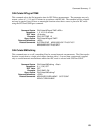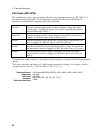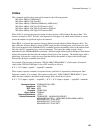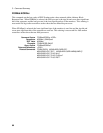Glossary - B
79
Failures
Failures are those conditions that will cause a test to fail the regulations. The number of failures are
displayed in the status bar on the bottom of the screen. You can override the failure criteria by specifying
an override percent in the Test Setup Advanced Options window. Test limits may be adjusted above or
below the values specified by the regulation, but any adjustment above 100% will flag the test as invalid
in the test report.
Errors
These are the instrument-specific errors that are returned by the Agilent 14761A application. Errors are
displayed in the status bar on the bottom of the screen. Errors can also be displayed on the front panel of
the unit by pressing the Shift and the Error key. Typical errors include current limit errors, or saturation
of the current measurement circuits when operating a high power load in the low current range. These
error messages may require you to refer to the Agilent 6800 Series Programming Guide or the 6800
Series User’s Guide for additional information.
Error messages that are not instrument specific may appear on the screen when you are using the Agilent
14761A application. These error messages are accompanied by an explanation that describes what has
occurred, and in some cases the appropriate action to take.
Percent of Threshold
Specifies a threshold as a percent of the regulatory specification. For example, if the regulation specifies
that any measurement of a third harmonic current above 2.3 amperes is a failure, a 90% threshold may be
used to specify that values greater than 2.07 amperes may either be evaluated as failures or used to
generate a watch event.
2.5 Minute Window
A sliding 2.5 minute observation period that is applied to the entire test data. For fluctuating (or
transitory) even harmonics from 2 through 10 and odd harmonics from 3 through 19, harmonic
amplitudes can be 1.5 times the regulation’s limits for a maximum of 15 seconds during any 2.5 minute
period.
Pst (Short-term Flicker)
The flicker severity evaluated over a short period of time (10 minutes). Pst = 1 is the conventional
threshold of irritability, and therefore the limit.
Plt (Long-term Flicker)
The flicker severity evaluated over a long period (typically 2 hours) using successive Pst values. Plt =
0.65 is the conventional threshold of irritability, and therefore the limit.
Dc (Relative Steady-state Voltage Change)
The difference between two adjacent steady-state voltages relative to the nominal voltage. Dc must be ≤
3%.



